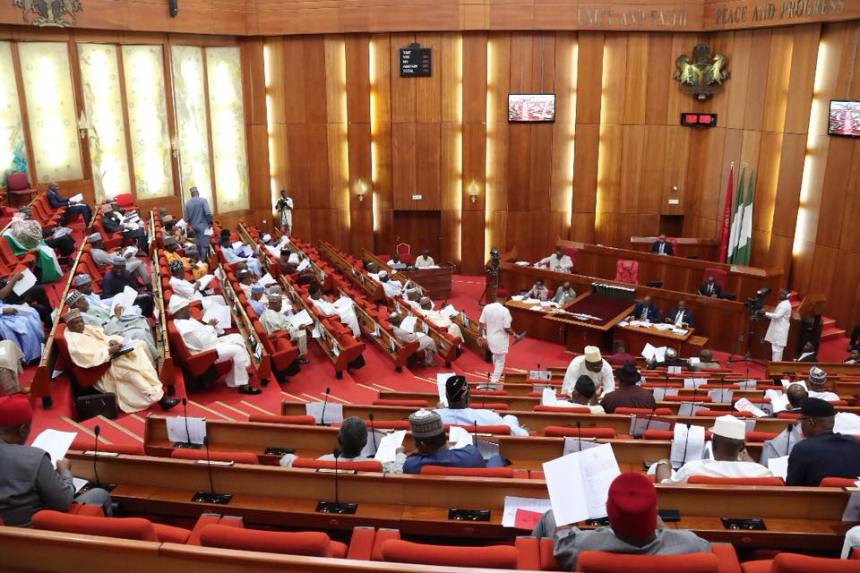By Nick Cunningham
Oil prices fell sharply on Wednesday on news that Libya was suddenly set to restore hundreds of thousands of barrels per day, and the U.S. struck a softer line on Iran sanctions.
Brent sank more than 6 percent during midday trading on Wednesday, as Libya’s National Oil Corp. (NOC) said that it would lift the force majeure on several major export terminals and resume shipments of oil.
The standoff with General Khalid Haftar appeared to be on its way to some sort of resolution, with the militia handing the ports back over to the internationally-recognized NOC in Tripoli. As is always the case with Libya, the situation is fluid, and any return of production does not come with a guarantee that it will be sustained.
But for now, some 700,000 bpd could swiftly come back online. The outage in Libya had helped drive up oil prices over the past few weeks, fueling speculation that Saudi Arabia would need to burn through much of its spare capacity in order to keep the market well-supplied. The timing was also crucial: Libya’s outage was unexpected, and it came just as Canada temporarily lost 350,000 bpd and the expected interruptions from Iran were revised higher due to a hardline from the U.S. on sanctions.
“The lifting of force majeure at all the Libyan ports will certainly come as relief from a supply perspective, but it remains to be seen how quickly exports can return to normal,” Harry Tchilinguirian, head of oil strategy at BNP Paribas, told Reuters Global Oil Forum.
Another factor pushing down oil prices midweek were the comments from U.S. Secretary of State Mike Pompeo, who seemed to soften America’s position as it relates to how severely it would treat countries buying Iranian oil. Late last month, a State Department officials said countries would be expected to take their imports from Iran down to “zero,” and that there would be very few waivers granted, if any. Those comments alone led to a spike in oil prices as the oil market had to reassess how much Iranian supply would be knocked offline.
In the intervening weeks, a sense of bullishness has taken over the oil market, with fears that even maximum production from Saudi Arabia wouldn’t be enough to compensate for some 2.5 mb/d of disrupted Iranian supply.
On Tuesday, Sec. Pompeo seemed to strike a different tone. “There will be a handful of countries that come to the United States and ask for relief,” Pompeo said on Tuesday in a television interview with Sky News Arabia. “We’ll consider it.”
A separate State Department official told reporters that the U.S. was working with Saudi Arabia to avoid price volatility. “In our meeting with the Saudi energy minister, we discussed maintaining a well-supplied oil market to guard against volatility,” the unnamed official told reporters, according to Reuters. “We coordinated – we discussed U.S. oil sanctions to deny Iran revenue to finance terrorism. We talked about minimizing market disruptions and helping partners find alternatives to Iranian supply of oil.”
While there is no official change in policy, the language was notably softer than what U.S. officials used just a few weeks ago. That opens up the possibility that the U.S. won’t take a “zero tolerance” policy towards countries importing oil from Iran, or that there could be some sort of phased implementation.
In addition, in a report published on Wednesday, OPEC downplayed concerns about whether or not it could handle the tightening oil market. In its first forecast for 2019, the cartel predicted that non-OPEC supply growth would be substantial, and that demand growth would cool to 1.45 million barrels per day (mb/d), down from the 1.65 mb/d growth rate from this year.
Even if demand remains strong, OPEC production will be more than enough to satisfy the market. “If the world economy performs better than expected, leading to higher growth in crude demand, OPEC will continue to have sufficient supply to support oil-market stability,” OPEC said in its report.
Meanwhile, one other factor led to the selloff in crude prices on Wednesday. The Trump administration is teeing up another $200 billion in tariffs on Chinese goods, a substantial escalation of the trade war between the two countries. The tariffs are only proposed, for now, and wouldn’t take effect for two months.
But the markets did not take the news well, and the prospects of a more severe trade war weighed on oil prices. “If the U.S. implements this additional tax on $200 billion of imported Chinese goods, it will be difficult for China not to impose greater taxes on commodities imported from the U.S.,” Olivier Jakob, head of energy consultancy Petromatrix, told the Wall Street Journal.
The fall of oil prices on Wednesday was all the more notable because the EIA reported a massive drawdown in crude inventories. The agency said that stocks fell by whopping 12.6 million barrels in the week ending on July 6. The decline takes total inventories down to 4 percent below the five-year average.
Figures like that from the EIA would typically lead to a spike in prices. But oil traders chose to focus on the imminent ramp up of some 700,000 bpd in Libya, combined with the possibility of more tempered losses from Iran as the U.S. has signaled a softening of its approach.
Source: Oilprice.com






